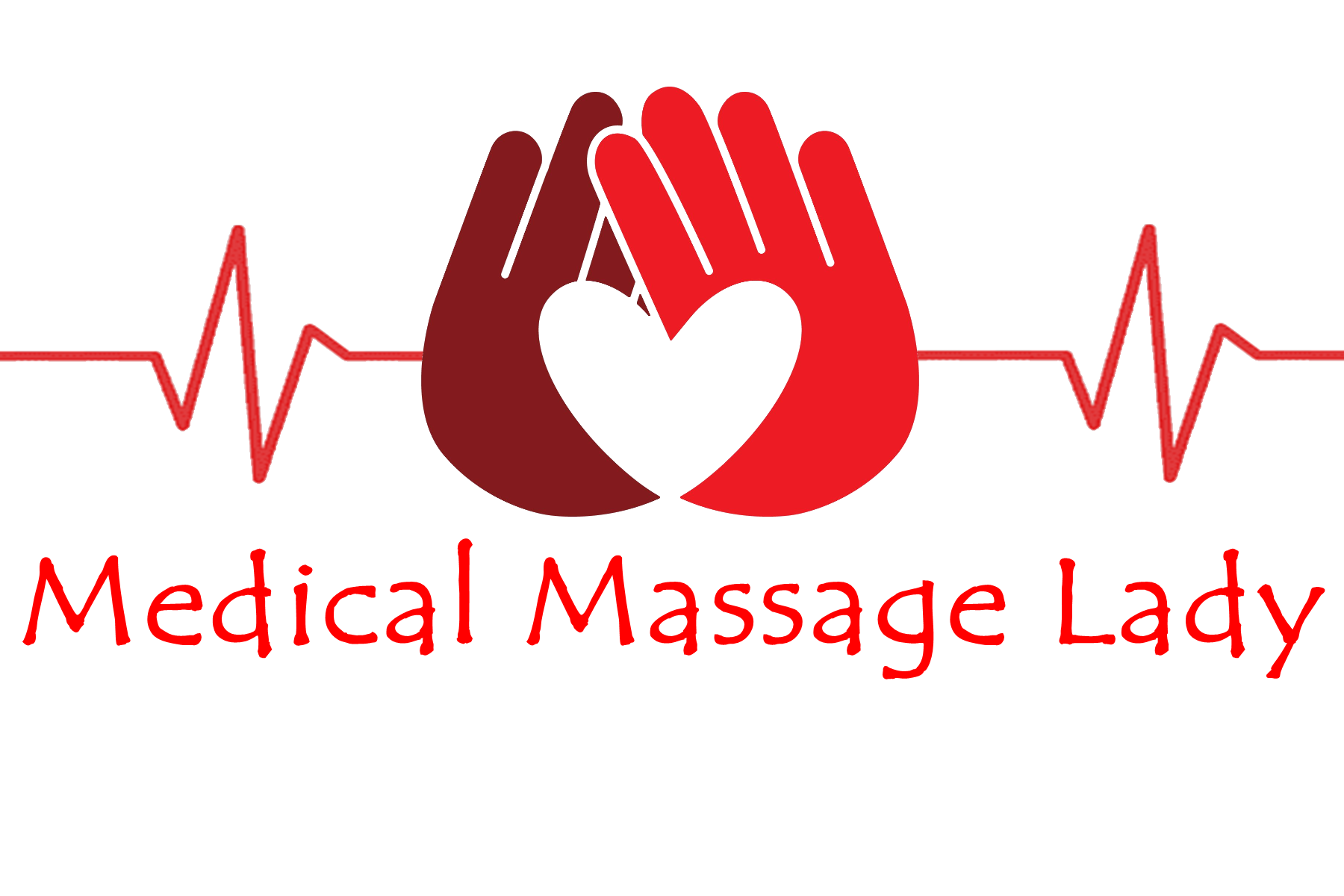- 07736 104738
- sam@medicalmassagelady.com
- Mon - Sat, 8:00 - 18:30
Sports therapy isn’t just about treating injuries with massage. It is also about teaching how to prevent performance limiting injuries through correct technique and posture, so that the client can continue to reach their goals, and become fitter and stronger. This “Gains without Pains” series of posts will take common exercises done in the gym and look at correct posture and technique in order to reduce the risk of injury.
ROMANIAN DEADLIFT
BENEFITS:-
• Targets the hamstrings, glutes and lower back but also uses the abdominal and trapezius muscles which have a stabilising effect
• The combination of all these muscles being used results in increased hormone release, calorie burn and CNS stimulation
• Developing the RDL technique will consequently help with deadlift and barbell back squat technique
• Focuses on the hamstrings which can become out of balance with the quads, which are the focus during squats, lunges and leg press. Such imbalance increases the risk of injury.
• Daily Functionality – contributes to easy facilitation of daily activities due to stabilisation of hip muscles during hip hinge movement
COMMON MISTAKES:-
• Failure to recognise the difference between RDL and a stiff legged deadlift – RDL requires the hips to be pushed back more with a slight knee bend.
• Not keeping the bar close to your body - when lifting heavy weights if the bar is too far away from the body it will strain the lower back. Keeping the bar pretty much in contact with your legs throughout the set will reduce the risk of injury
• Bending forward instead of pushing the hips back – will strain the back.
• Not keeping the chest up – this helps to arch the lower back, preventing injury
• Not keeping tension on the hamstrings – while the lower back is involved, the focus is the hamstrings
• Not using the lats when doing RDL’S – helps with lifting more weight safely
GOOD TECHNIQUE:-
• keep feet slightly narrower than hip width , keep the back straight and look forward
• bend down slowly to grip the barbell
• grip the barbell pronated (overhand – facing the ground)
• slightly bend the knee throughout the movement
• keep the shoulders pinned back
• lower the barbell slowly, while sticking your bum out as far as possible
• keep the barbell close to the body throughout
• look forward to avoid neck strain
• inhale as much as possible when lowering
• powerfully breath out and drive the hips forwards to activating the hip hinge, allowing you stand upright




